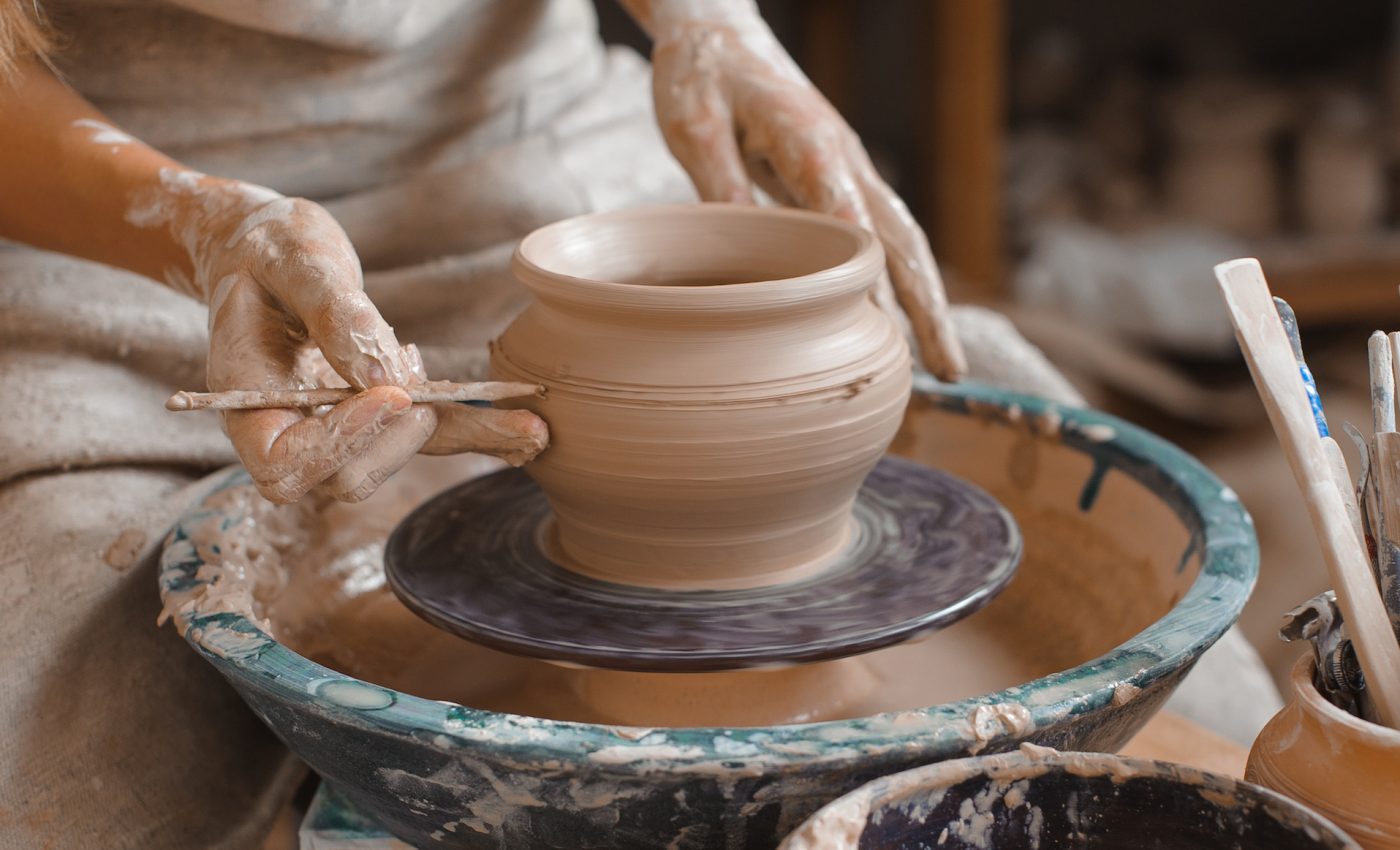
Cultural changes are closely tied to cognitive changes
A team of researchers presented various styles of ceramics to 113 individuals and analyzed their visual response. The ceramics represented different societies over thousands of years from 4.000 B.C. to the change of era.
The study revealed that the same evolutionary trends that had driven the emergence of the societies associated with the ceramics could be observed in the visual behavior of the participants.
Study co-author Felipe Criado-Boado is a researcher at at the Spanish National Research Council (CSIC).
“We hypothesized that culture and social life influence cognition in a highly stereotyped fashion. Eye movements are the most objective proof of a parallel evolution between the cognitive process, material development and changes in social complexity,” said Criado-Boado.
The research is part of a new scientific field that combines neuroscience with human palaeontology, archaeology, and other social and human sciences called neuroarchaeology.

The main ceramics analyzed in the experiments and heat map of the visual fixations in each one of them. Image Credit: CSIC
“The visual prominence of each ceramic style produces a distinct visual response,” said Criado-Boado. “Prehistoric ceramics comprise an important part of the material world that surrounded the individuals of that time. This is why an analysis of this kind is not only feasible, but also provides very significant results.”
Luis M. Martínez is a researcher at the Institute of Neurosciences in Alicante. He explained that there are neural circuits in our brains which are like maps that represent our personal and peripersonal space. “These circuits determine the way in which we relate socially, and also with the world around us.”
“With experiments of this kind, we are demonstrating that these representations are modified by the use and making of tools and other cultural artifacts; what we are discovering is that they are quickly incorporated into these neural maps, becoming part of our body schema as if they were an extension of it.”
“These experiments unequivocally demonstrate that there is a very close interaction between cultural changes and brain plasticity, which provides a new perspective on how the brain governs for the transmission of cultural values, beliefs and customs.”
The results of the study suggest that the human visual system internalizes objects as they are viewed, demonstrating that there is a perceptual engagement between individuals and the material structures in their environment.
“This is why perception cannot be separated from form. Seen from this perspective, it could be proposed that the shape of objects (pottery, in this case) and the pattern of visual exploration they produce have changed over history, and are connected with behavior in the same way as they are with the social realm, including social complexity,” said Criado-Boado.
The findings also indicate that technology is an important factor in the mental aspects of human life. This offers new insight into the processes of innovation throughout history, aa well as the technological changes that are taking place today.
“It is believed that by 2020 there will be 100 billion sensors around the world capturing information of all kinds and processing it digitally, all connected to each other and functioning like an enormous human mind. If this prediction is fulfilled, research in the field of cognitive processes and material culture throughout history may be useful for the future, since it can show how humans rely on images that symmetrically help them to shape a collective consciousness of the world.”
The study is published in the journal Scientific Reports.
—
By Chrissy Sexton, Earth.com Staff Writer
Main image credit: CSIC













